Market Analysis
In-depth Analysis of US Zeolite Market Industry Landscape
The US zeolite market is undergoing dynamic changes influenced by a blend of factors that shape both the supply and demand sides of the industry. Zeolites, aluminosilicate minerals with a porous structure, find versatile applications in industries such as petrochemicals, water treatment, construction, and agriculture. The market dynamics are characterized by factors such as technological advancements, environmental regulations, the growing emphasis on sustainability, and the diverse applications of zeolites.
Technological advancements contribute significantly to the dynamic nature of the US zeolite market. Innovations in zeolite synthesis, modification, and application methods are driving the evolution of this industry. Researchers and manufacturers are exploring ways to enhance the catalytic and adsorption properties of zeolites for improved performance in various applications. Advanced processing techniques and tailored zeolite formulations are becoming key focus areas, influencing the efficiency and effectiveness of zeolite products in diverse sectors.
Environmental regulations play a crucial role in shaping the market dynamics of zeolites in the US. The natural adsorption and ion exchange capabilities of zeolites make them valuable in mitigating environmental pollutants. Regulatory standards for air and water quality, particularly in industries such as petrochemicals, mandate the use of effective adsorbents like zeolites. Compliance with these regulations drives the adoption of zeolite-based solutions, impacting market trends and contributing to the growth of zeolite applications.
The growing emphasis on sustainability is a key driver shaping the market dynamics of zeolites. Zeolites are recognized for their eco-friendly nature, particularly in water treatment applications where they can replace conventional chemical treatments. As industries seek sustainable alternatives, the demand for zeolites as environmentally friendly adsorbents and catalysts is rising. This trend is likely to influence product development, production processes, and market positioning within the zeolite industry.
The diverse applications of zeolites contribute to the dynamic landscape of the market. Zeolites are employed in various sectors, including water purification, detergents, agriculture, gas separation, and catalysis. The adaptability and versatility of zeolites allow them to address specific challenges in different industries, resulting in a wide range of applications. The exploration of new applications and the continual refinement of existing uses contribute to the evolving dynamics of the US zeolite market.
Competition within the market fosters innovation and efficiency in zeolite solutions. Companies are continually striving to differentiate themselves by offering high-quality zeolite products, exploring novel applications, and optimizing production processes. Strategic partnerships and collaborations in research and development further drive innovation within the zeolite industry, influencing the competitive landscape and shaping market dynamics.
Socio-economic factors, including economic trends, urbanization, and infrastructure development, contribute to the market dynamics of zeolites in the US. As industries expand and urban areas grow, the demand for zeolites in construction, water treatment, and industrial processes increases. Economic trends influence consumer spending patterns and industrial investments, impacting the overall consumption of zeolite-based products in the market.

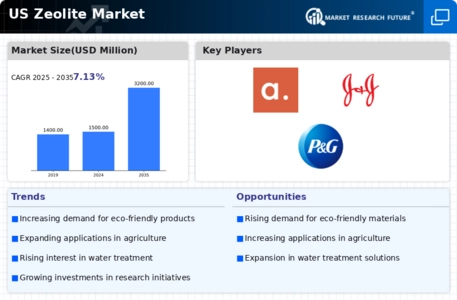
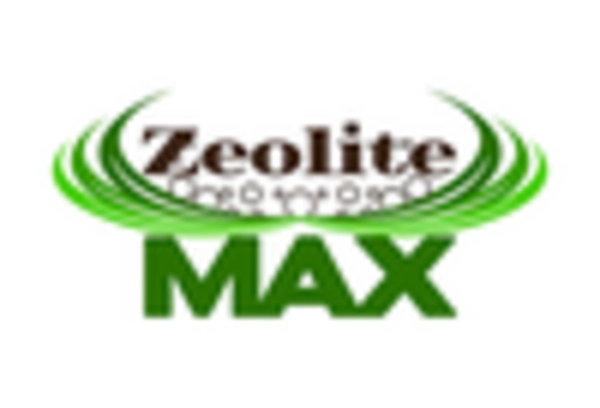
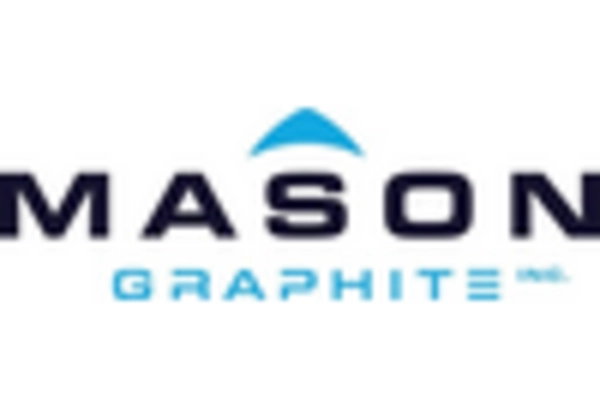
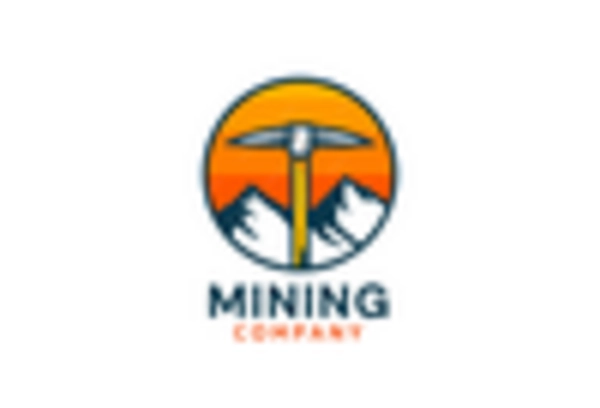
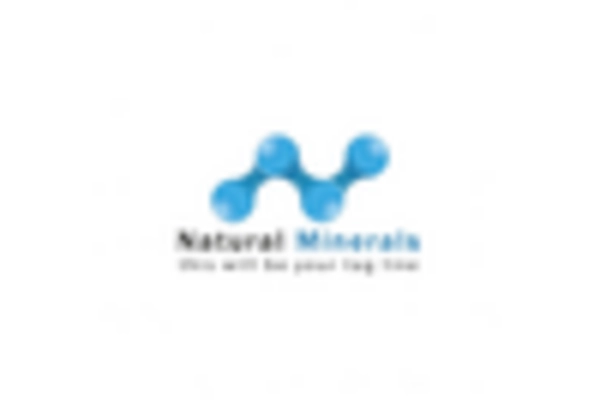
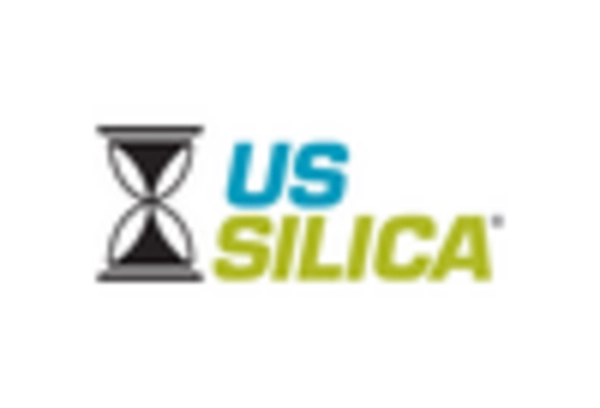
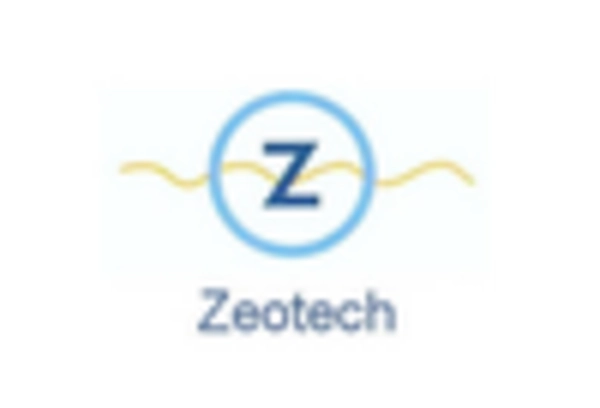

Leave a Comment